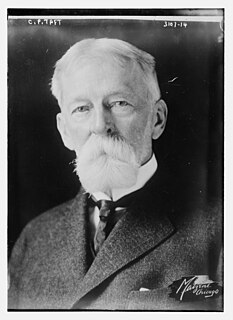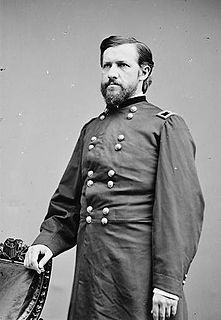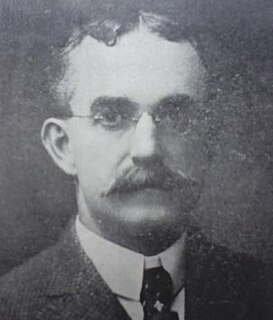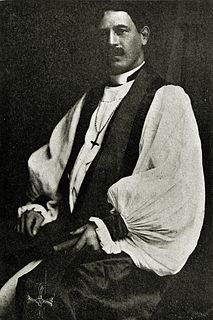
Gorham A. Worth (1783 – April 3, 1856) was a president of City National Bank.

Citigroup Inc. or Citi is an American multinational investment bank and financial services corporation headquartered in New York City. The company was formed by the merger of banking giant Citicorp and financial conglomerate Travelers Group in 1998; Travelers was subsequently spun off from the company in 2002. Citigroup owns Citicorp, the holding company for Citibank, as well as several international subsidiaries.
Worth was born in Hudson, New York. His father Thomas Worth had been among the founders of the community. It is a common mistake, repeated here and there, that his brother was General William Jenkins Worth; William Jenkins Worth was his cousin. [1]
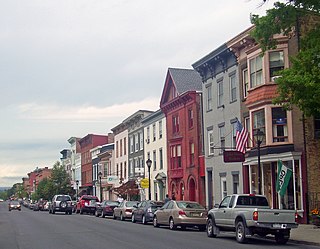
Hudson is a city located along the west border of Columbia County, New York, United States. As of the 2010 census it had a population of 6,713, the second-largest in the county, following the nearby town of Kinderhook. Located on the east side of the Hudson River and 120 miles from the Atlantic Ocean, it was named for the river and its namesake explorer Henry Hudson.
He was a clerk of the Bank of Hudson, a cashier of the Mechanics and Farmers Bank of Albany, cashier of the United States Branch Bank in Cincinnati, Ohio. He moved to New York as a cashier of Tradesman Bank and then to City National in 1825 and was named president in 1844. [2]

Cincinnati is a major city in the U.S. state of Ohio, and is the government seat of Hamilton County. Settled in 1788, the city is located at the northern side of the confluence of the Licking and Ohio rivers, the latter of which marks the state line with Kentucky. The city drives the Cincinnati–Middletown–Wilmington combined statistical area, which had a population of 2,172,191 in the 2010 census making it Ohio's largest metropolitan area. With a population of 301,301, Cincinnati is the third-largest city in Ohio and 65th in the United States. Its metropolitan area is the fastest growing economic power in the Midwestern United States based on increase of economic output and it is the 28th-largest metropolitan statistical area in the U.S. Cincinnati is also within a day's drive of 49.70% of the United States populace.

Ohio is a Midwestern state in the Great Lakes region of the United States. Of the fifty states, it is the 34th largest by area, the seventh most populous, and the tenth most densely populated. The state's capital and largest city is Columbus.
His home in Cincinnati is on the National Register of Historic Places.

The Gorham A. Worth House is a historic residence in the Mount Auburn neighborhood of Cincinnati, Ohio, United States. Located atop a hill along Auburncrest Avenue, the house was built in 1819 in a version of the Federal style of architecture.

The National Register of Historic Places (NRHP) is the United States federal government's official list of districts, sites, buildings, structures, and objects deemed worthy of preservation for their historical significance. A property listed in the National Register, or located within a National Register Historic District, may qualify for tax incentives derived from the total value of expenses incurred preserving the property.



